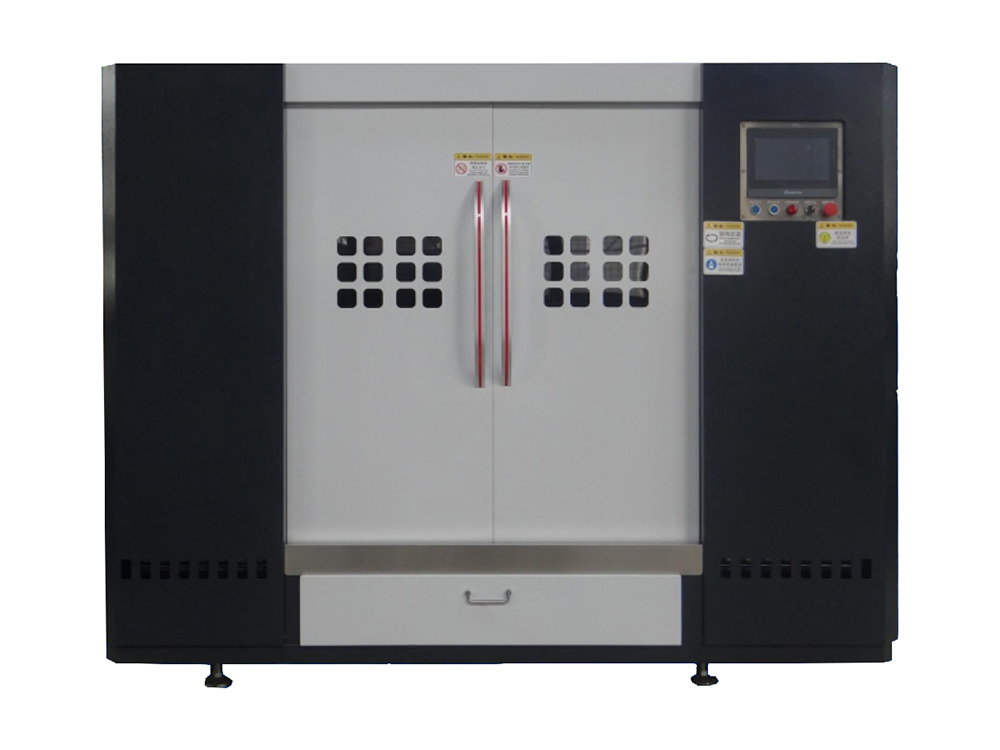
# Surface Treatment Equipment for Industrial Applications
## Introduction to Surface Treatment Equipment
Surface treatment equipment plays a crucial role in various industrial applications, enhancing the durability, appearance, and performance of materials. These specialized machines and systems are designed to modify the surface properties of metals, plastics, and other materials to meet specific requirements.
## Types of Surface Treatment Equipment
Keyword: Surface treatment equipment
### 1. Shot Blasting Machines
Shot blasting equipment uses high-velocity abrasive particles to clean, strengthen, or polish metal surfaces. This process is particularly effective for removing rust, scale, and other contaminants from steel components.
### 2. Electroplating Systems
Electroplating equipment deposits a thin layer of metal onto a substrate through electrochemical processes. This treatment improves corrosion resistance, enhances electrical conductivity, and provides decorative finishes.
### 3. Powder Coating Lines
Powder coating systems apply a dry powder that is then cured under heat to form a protective and decorative layer. This environmentally friendly alternative to liquid paint offers excellent durability and color retention.
### 4. Anodizing Equipment
Anodizing systems create an oxide layer on aluminum surfaces, improving corrosion resistance and allowing for dyeing in various colors. This process is widely used in aerospace, automotive, and architectural applications.
## Key Considerations When Choosing Surface Treatment Equipment
When selecting surface treatment equipment for industrial applications, several factors should be considered:
- Material compatibility
- Production volume requirements
- Environmental regulations
- Energy efficiency
- Maintenance requirements
- Operator safety features
## Benefits of Modern Surface Treatment Equipment
Improved Efficiency
Contemporary surface treatment systems incorporate automation and advanced control systems to maximize throughput while minimizing waste and energy consumption.
Enhanced Quality Control
Modern equipment often includes integrated monitoring systems that ensure consistent treatment results and allow for real-time process adjustments.
Environmental Compliance
Newer models are designed with environmental considerations in mind, reducing hazardous emissions and waste generation while improving resource efficiency.
## Future Trends in Surface Treatment Technology
The surface treatment equipment industry continues to evolve with emerging technologies such as:
- Nanotechnology-based coatings
- Laser surface treatment
- Plasma-based processes
- Smart coating systems
- More sustainable treatment methods
## Conclusion
Surface treatment equipment remains essential for industrial applications across numerous sectors. As technology advances, these systems continue to offer improved performance, efficiency, and environmental friendliness, helping manufacturers meet increasingly demanding quality and regulatory standards.